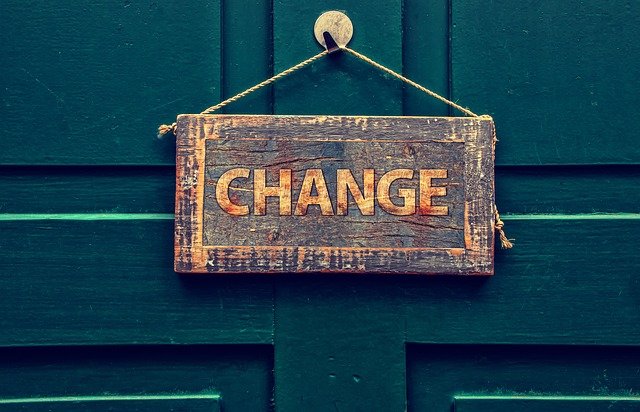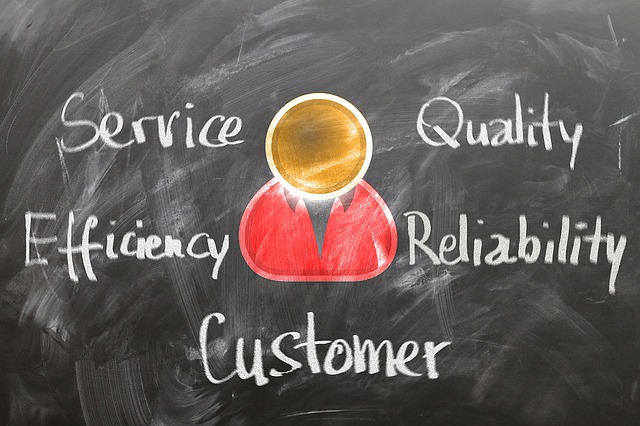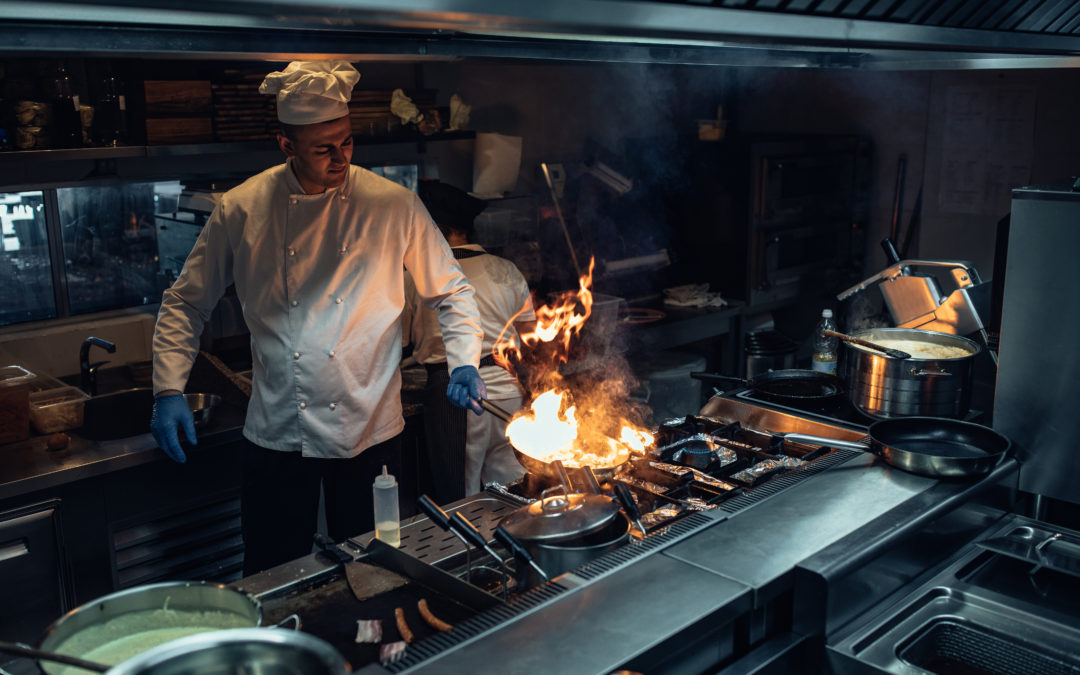Running a restaurant isn't easy — or cheap. The costs associated with regular
day-to-day operations can make it financially challenging to plan for the
replacement of high-dollar equipment, and many restaurant owners will put off
the decision to purchase much-needed equipment due to the fact they do not want
to endure any major capital losses.
To become a successful business owner, you need to be a person who can
evaluate these decisions objectively and view your business as a comprehensive
whole.
When should you replace or upgrade your old equipment? Compare a list of
potential benefits against the cost of purchasing new equipment, and you will be
able to recognize if it's the right time for a change.

1. Degrading Performance
If your old equipment is reliable and earns you great money, there might be
greater value in maintaining it for a few more years. If you can keep up with
customer demand and the sporadic repairs are manageable, it might not be
cost-effective to upgrade it yet.
But if you find yourself constantly dealing with breakdowns or slow
production times, it will be costing you in lost business.
Take gas ranges as an example, you may notice issues with lighting the
burners or with flame control. Since precise temperature is one of the primary
benefits of cooking with gas, these issues can be especially frustrating for you
and your staff.
It is the same with the steam table. The purpose of your steam table is to
keep food warm, inadequate temperature control may result in food becoming too
hot or reaching dangerously low temperatures.
These problems can be especially worrying if you use your steam table for
customer self-service. And these problems can be especially worrying if you use
your steam table for customer self-service.
Any time you notice performance degradation in a piece of equipment, consider
your initial capital investment, the age of the machine, and the cost of
repairs.
Once the cost of repairs begins to exceed the value of a replacement, or
equipment that can't meet demand and sets your business back. it's time to move
on.

2. Expanding Needs
No matter how well you try to plan for the future, you will eventually find
that your old equipment can no longer meet your restaurant's current needs.
Whether you have upgraded your dining room or expanded into takeout or delivery,
you must always ensure that your kitchen staff can accommodate your order
volume. Prolonged increases in sales are usually a good indication that upgrades
are necessary.
Besides your expanding needs, new models with new functions might also be the
driving force for a replacement. Because you might be missing an opportunity by
sticking with the old equipment. Upgrading doesn't only mean saving on repairs,
but increasing the possibilities. A new asset with new functions may mean new
ways to make a profit.
When planning to replace equipment for these reasons, it pays to be
conservative. If your old equipment has worked well for your kitchen staff, then
be sure that the new volume of orders is more than a short-term spike. Once
you've established that this new business is here to stay, evaluate both the
current needs of your kitchen staff and your future needs. Since these items all
represent significant capital expenditures for both equipment and installation,
you should plan your purchase to last your business for as long as possible.
3. Workflow Issues
If your old equipment is reliable and earns you great money, there might be
greater value in maintaining it for a few more years. If you can keep up with
customer demand and the sporadic repairs are manageable, it might not be
cost-effective to upgrade it yet.
But staff workflow issues can be another good indication that upgrades are
necessary. These issues can arise as a result of old or outdated equipment or
poor initial kitchen planning. If your staff has problems moving between
stations or retrieving ingredients, then your kitchen likely suffers from
workflow problems.
Working with old, outdated, or poorly performing equipment can frustrate your
kitchen staff, slow down your order fulfillment time, and even create safety
hazards.
Always include your staff in any discussions about potential workflow issues.
Attempt to determine if a particular appliance run creates slowdowns or safety
concerns, and identify any old equipment in that run that may be worth
replacing. If you decide to replace this troublesome equipment, be sure to
consider ways that you can improve workflow at the same time.

Now you have an idea about when you should replace or upgrade your old
equipment. The new question is what is the most cost-effective method to upgrade
your equipment?
The answer is to listen to the balance sheet.
Weigh up the overall costs of sticking with what you have, versus purchasing
new equipment. Evaluate the value of your old asset, versus the cost of keeping
it functioning? Evaluate its physical value plus the value it adds to your
product or service?
Replacing your equipment all at once to optimize your performance or to solve
functional issues just is not financially realistic for most organizations, but
you can replace the equipment step by step as per to what extent it influences
your business.
At SMAD, We build customer solutions, whose purpose is to help business
owners thrive by integrating good appliances into their overall business
strategy and using it to solve their greatest business challenges. If you'd like
to learn more about our appliances, leave us a message-->contact us.


